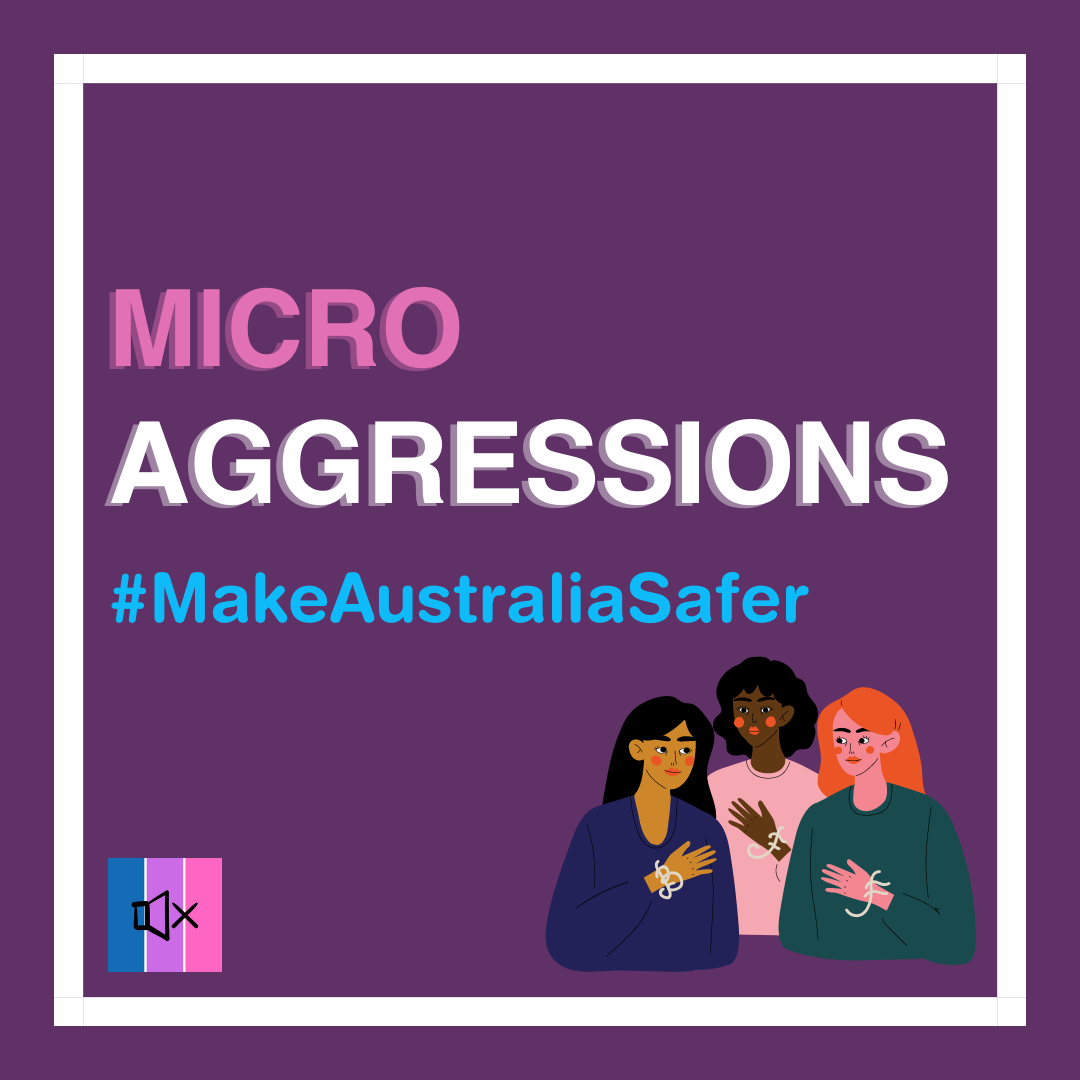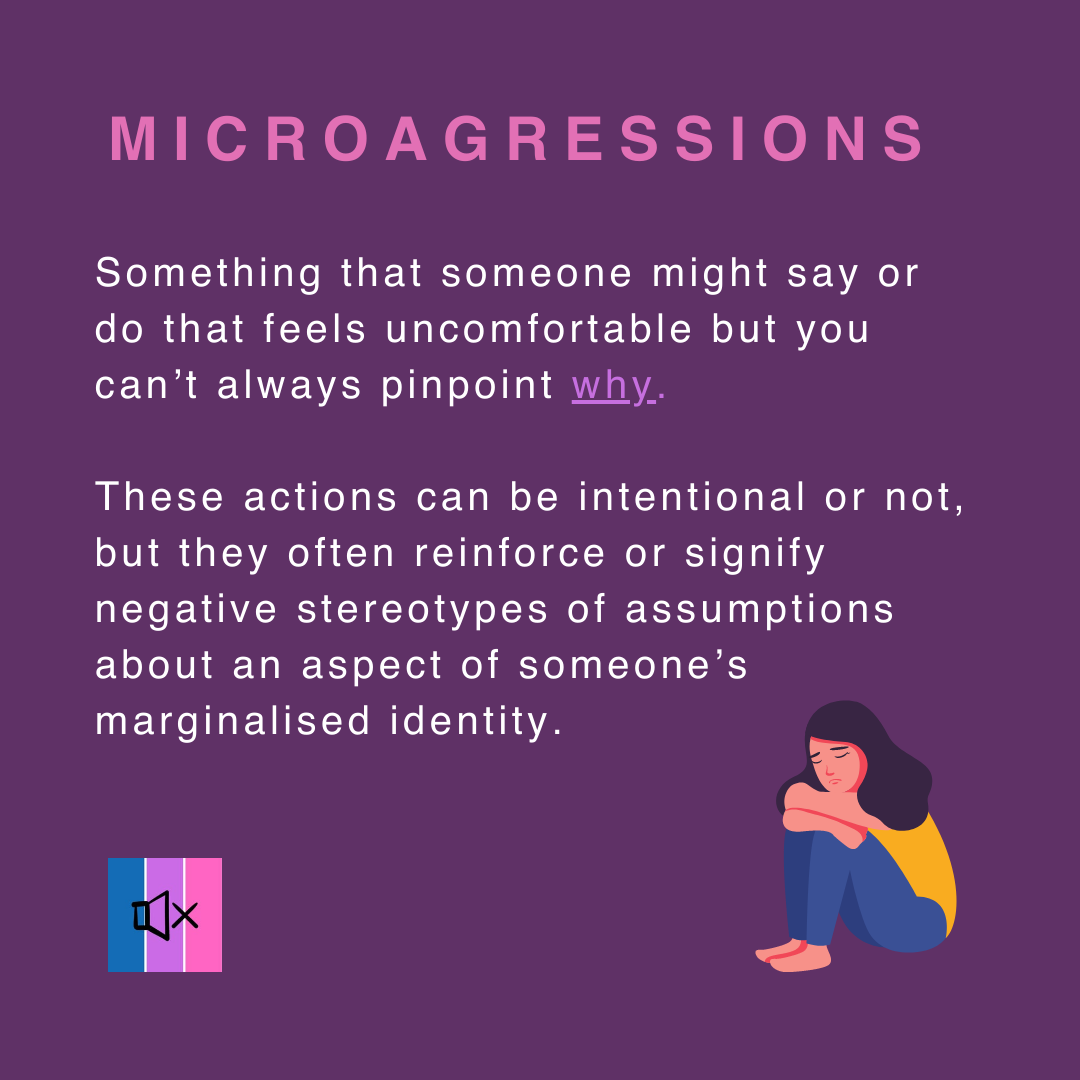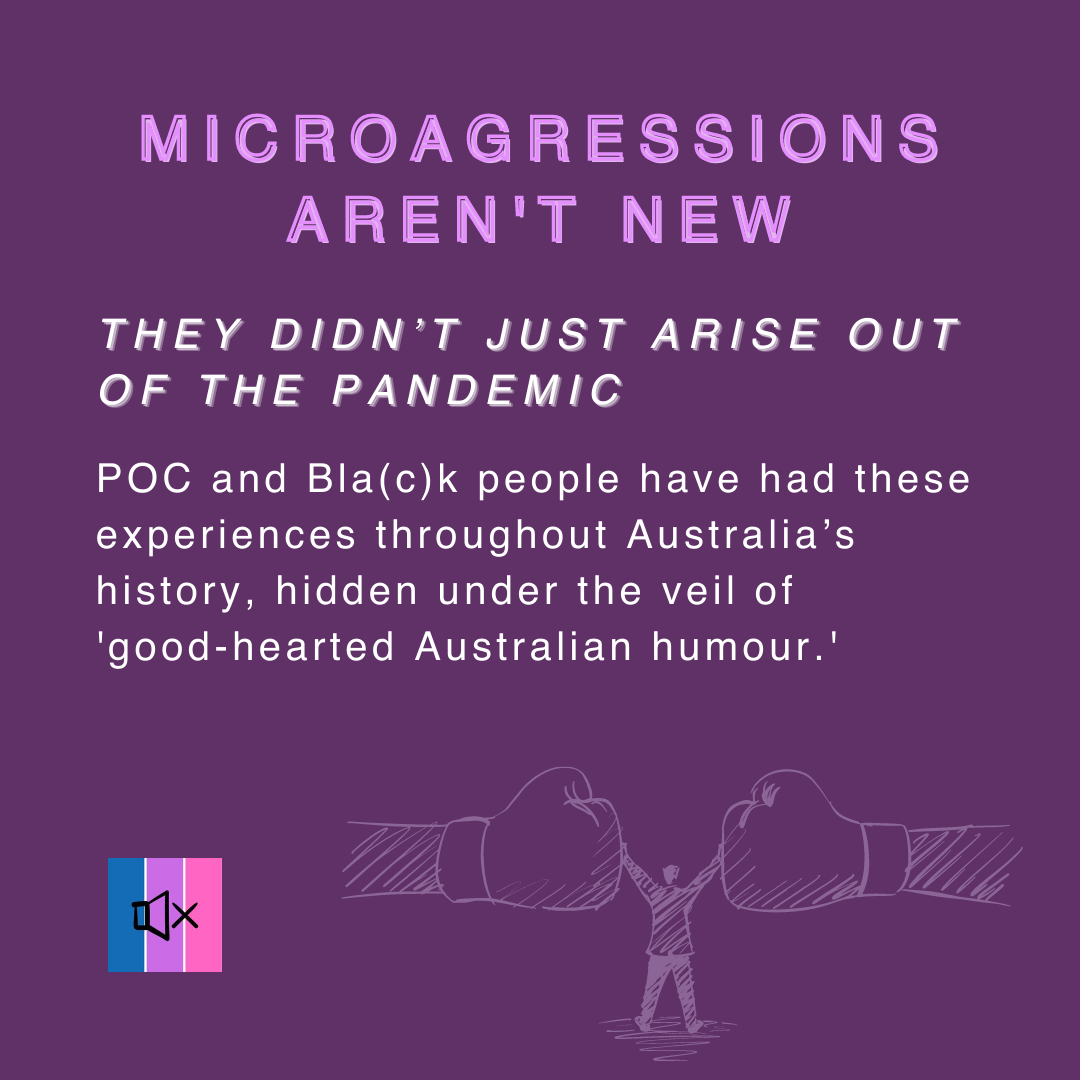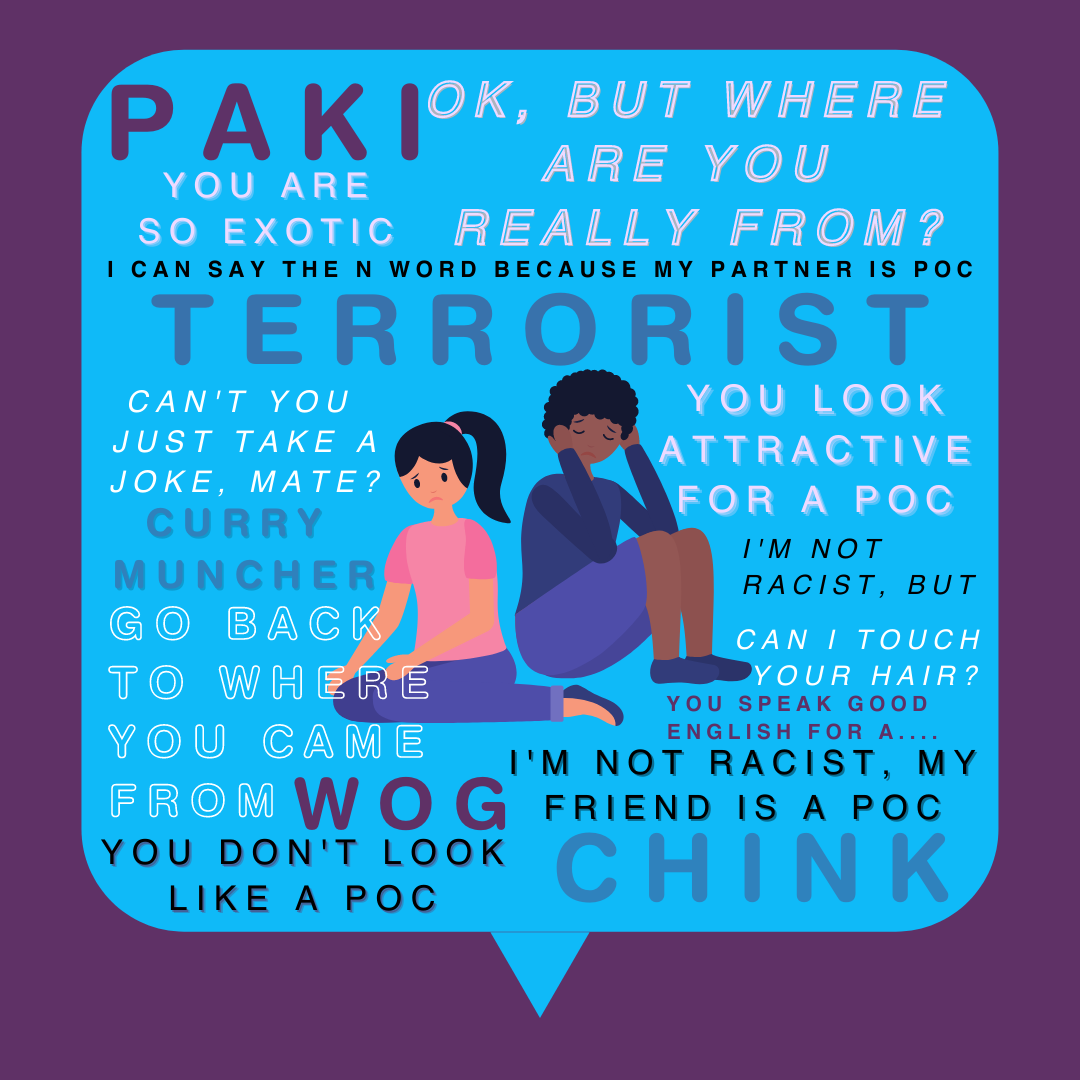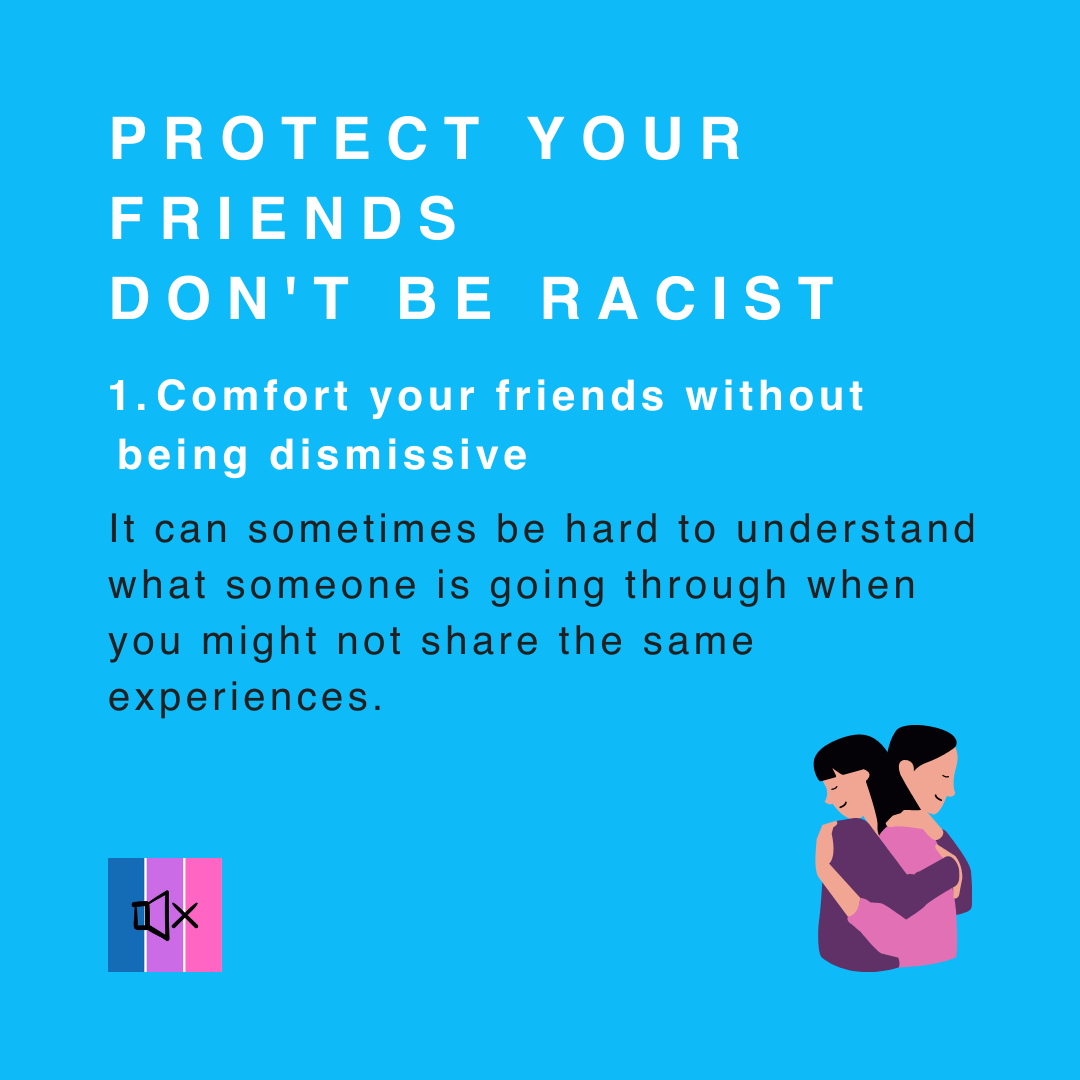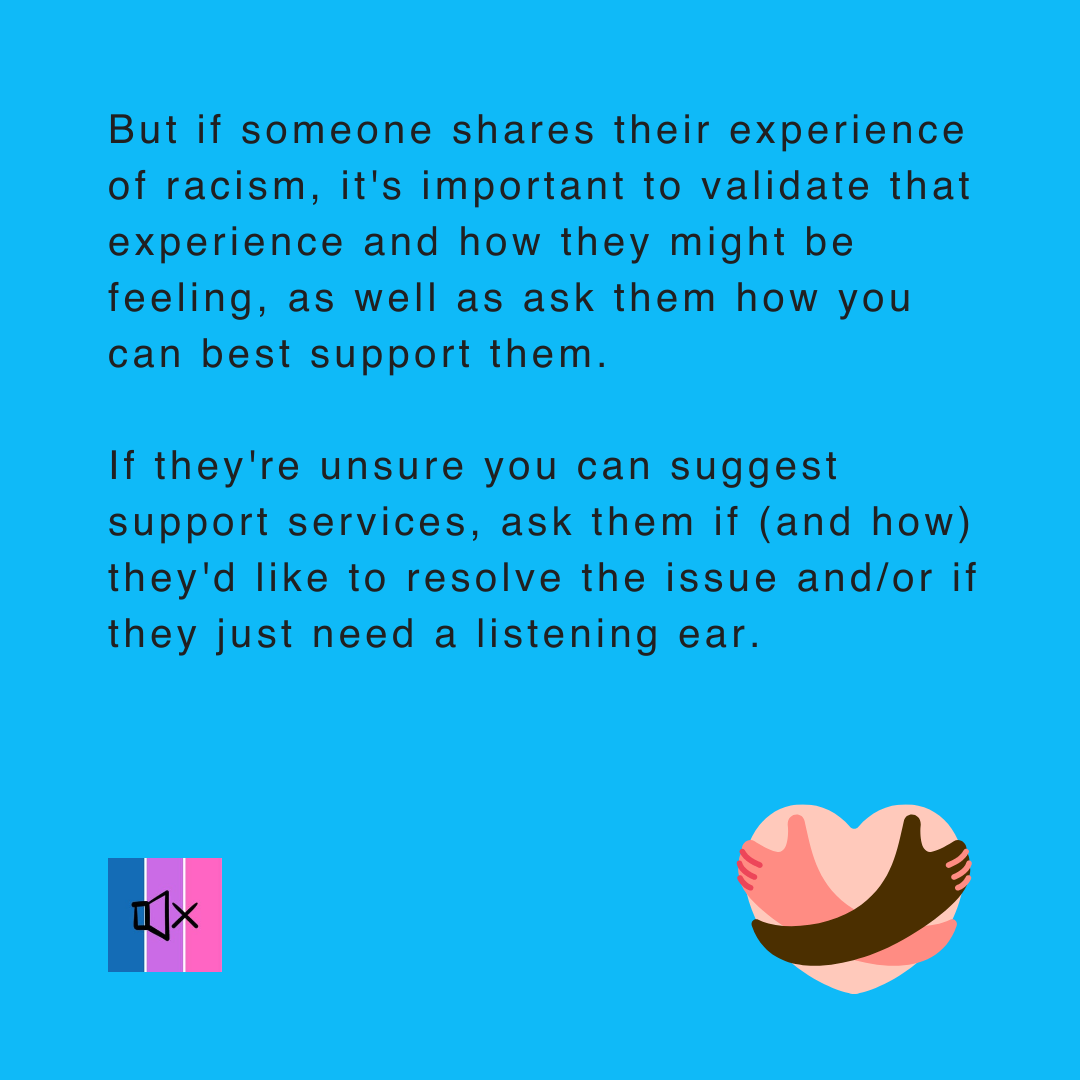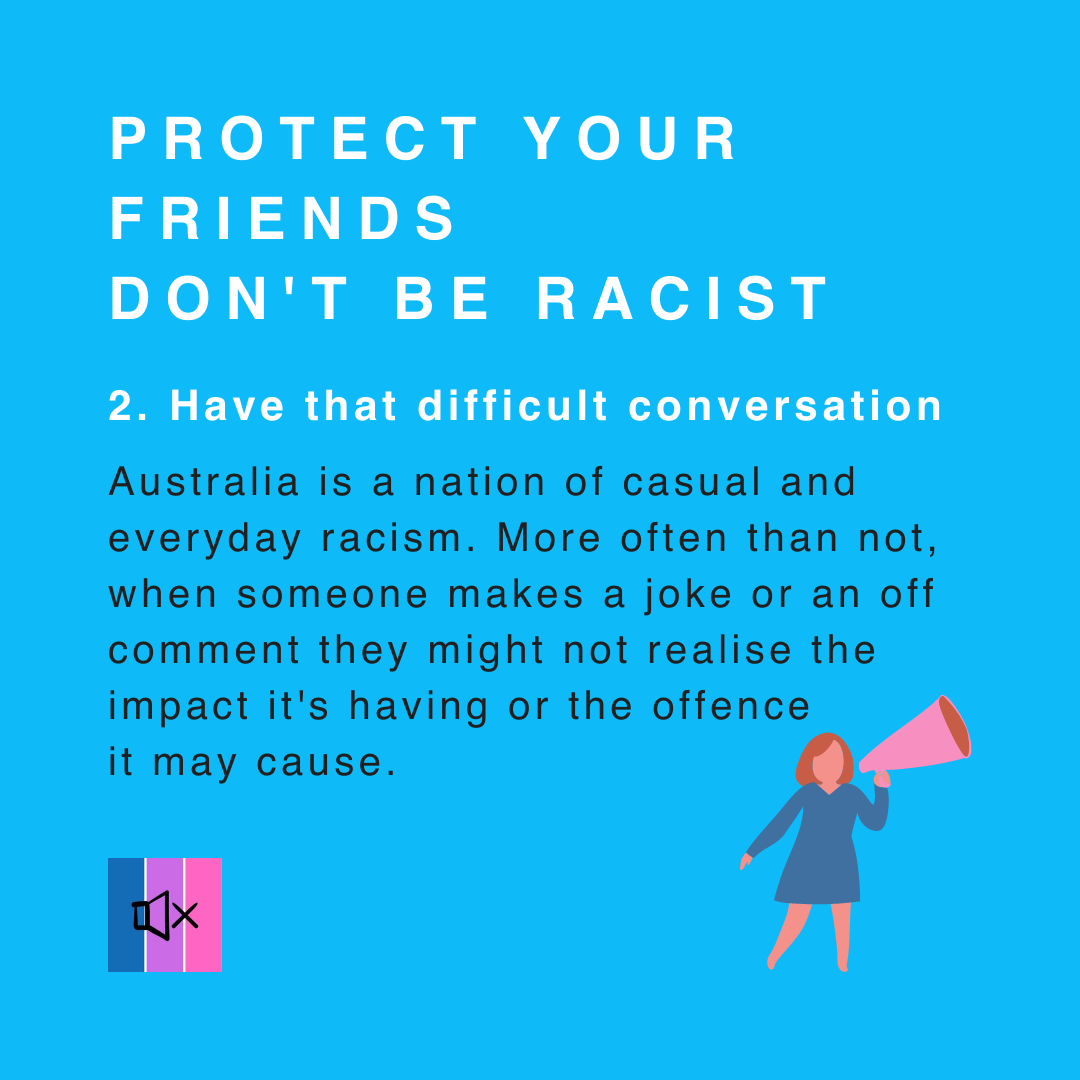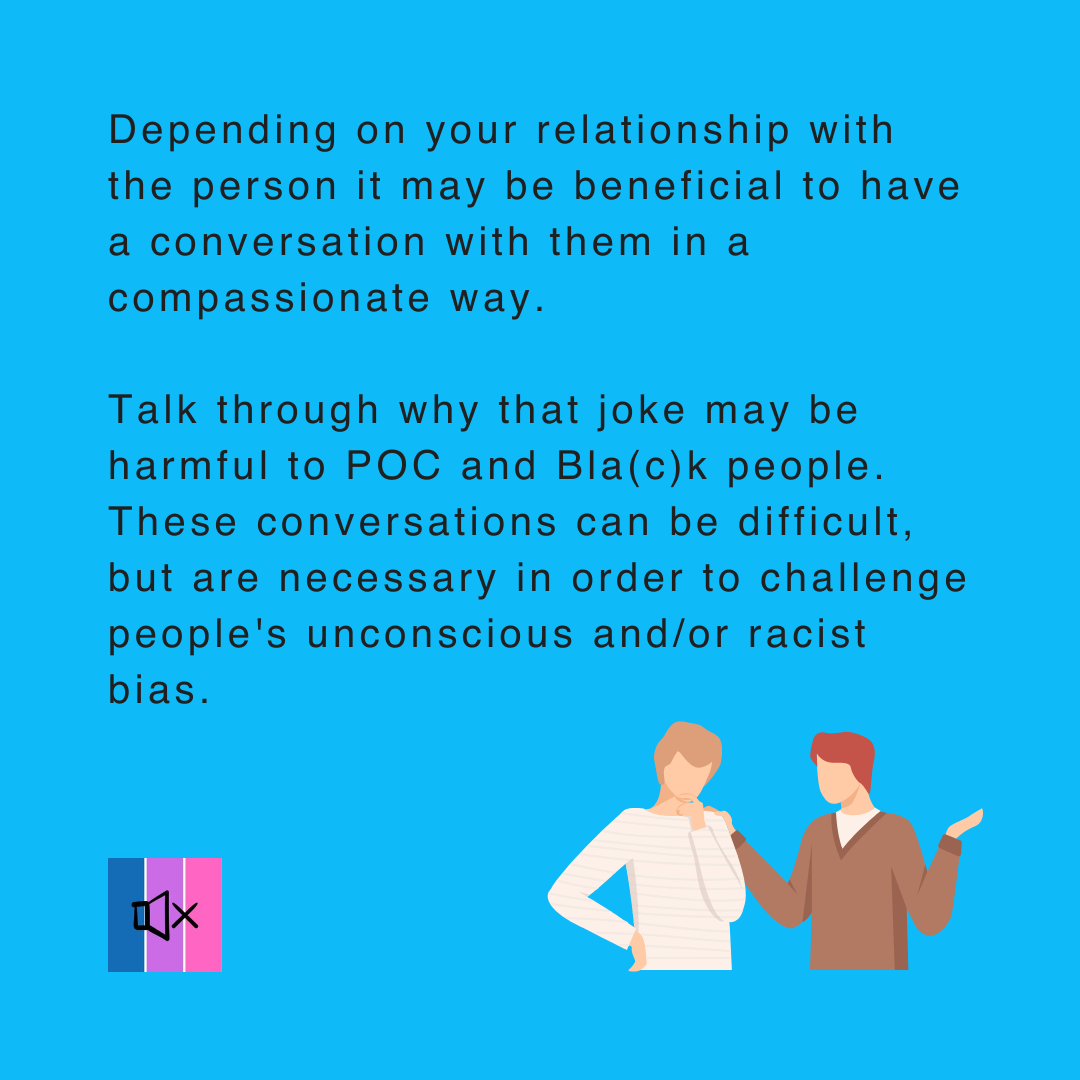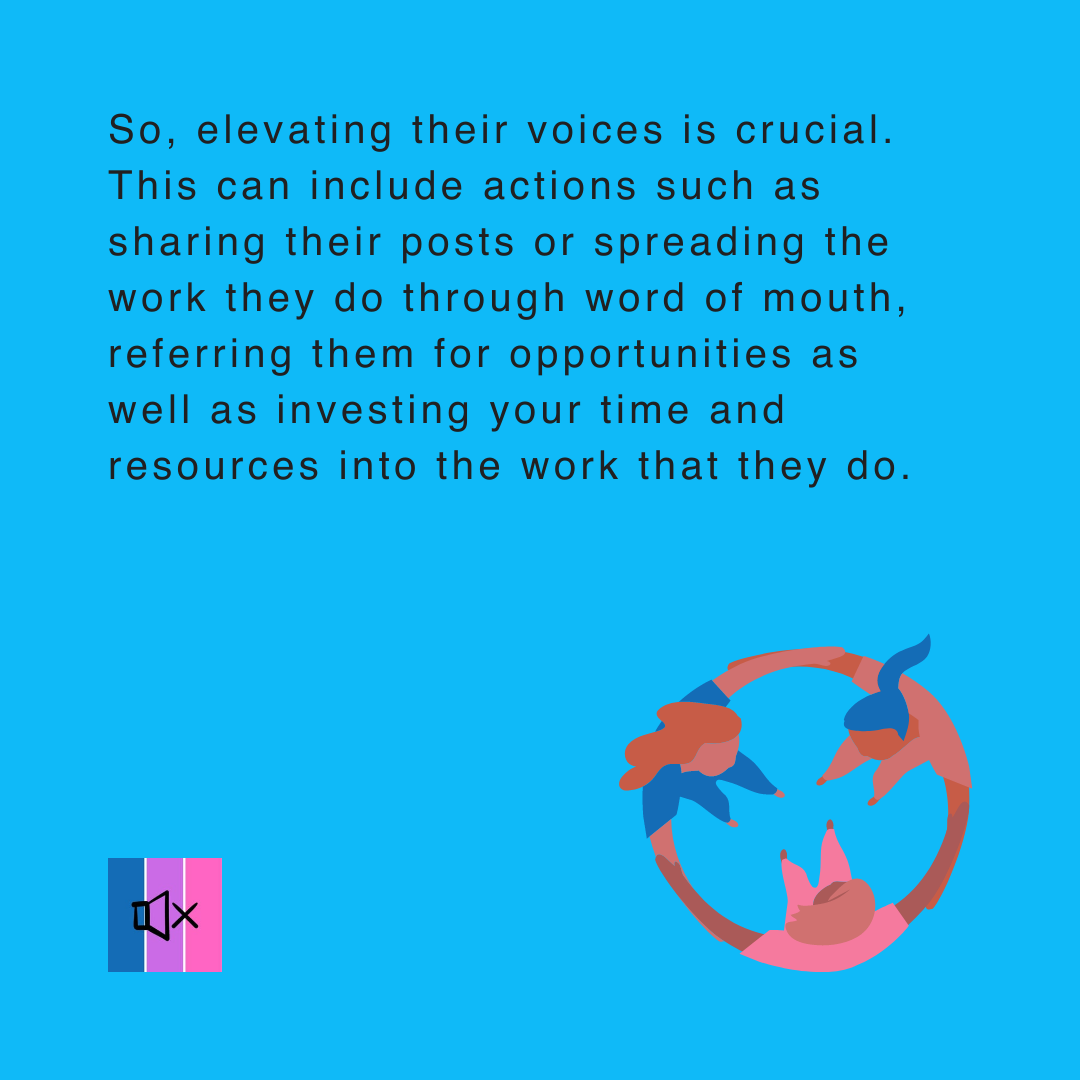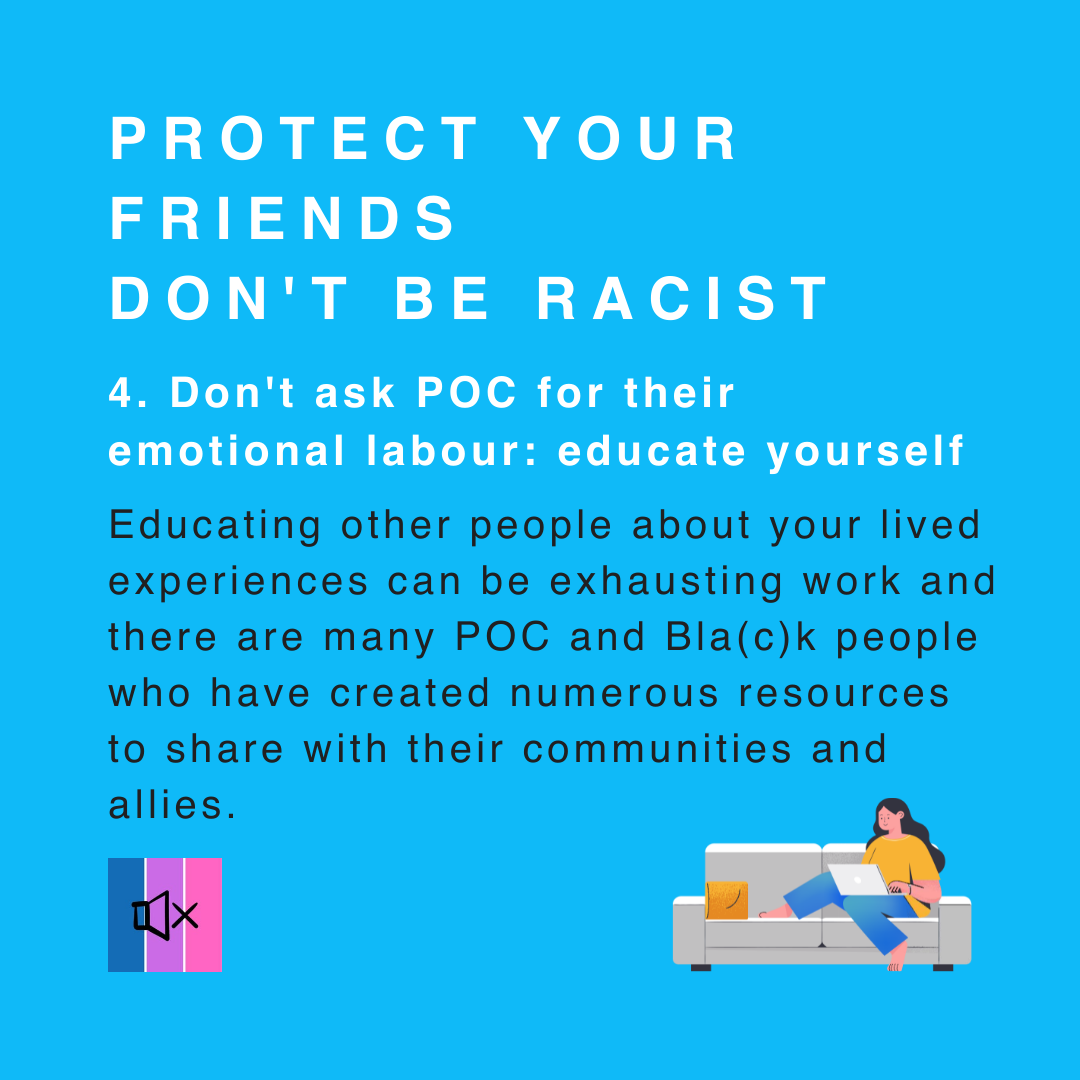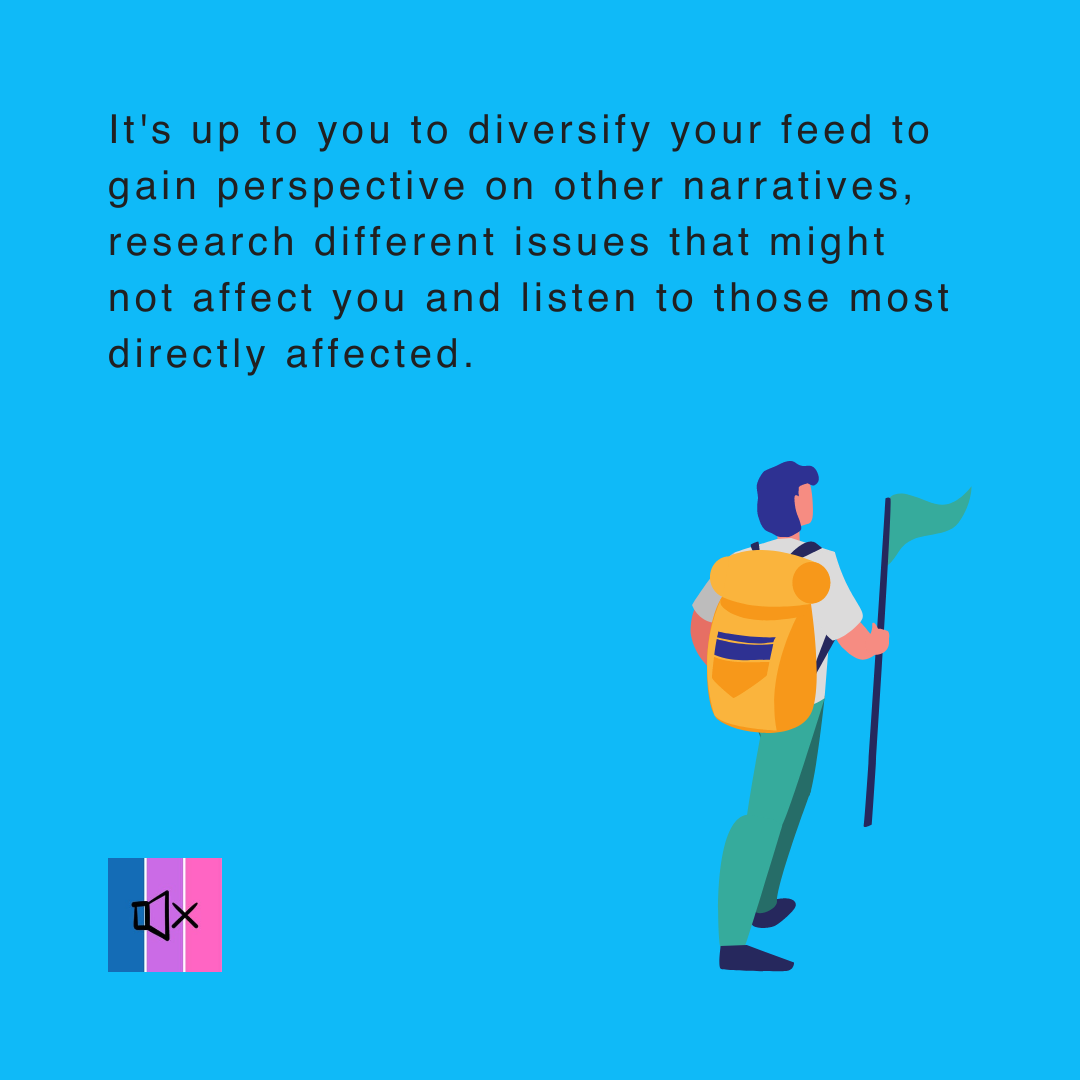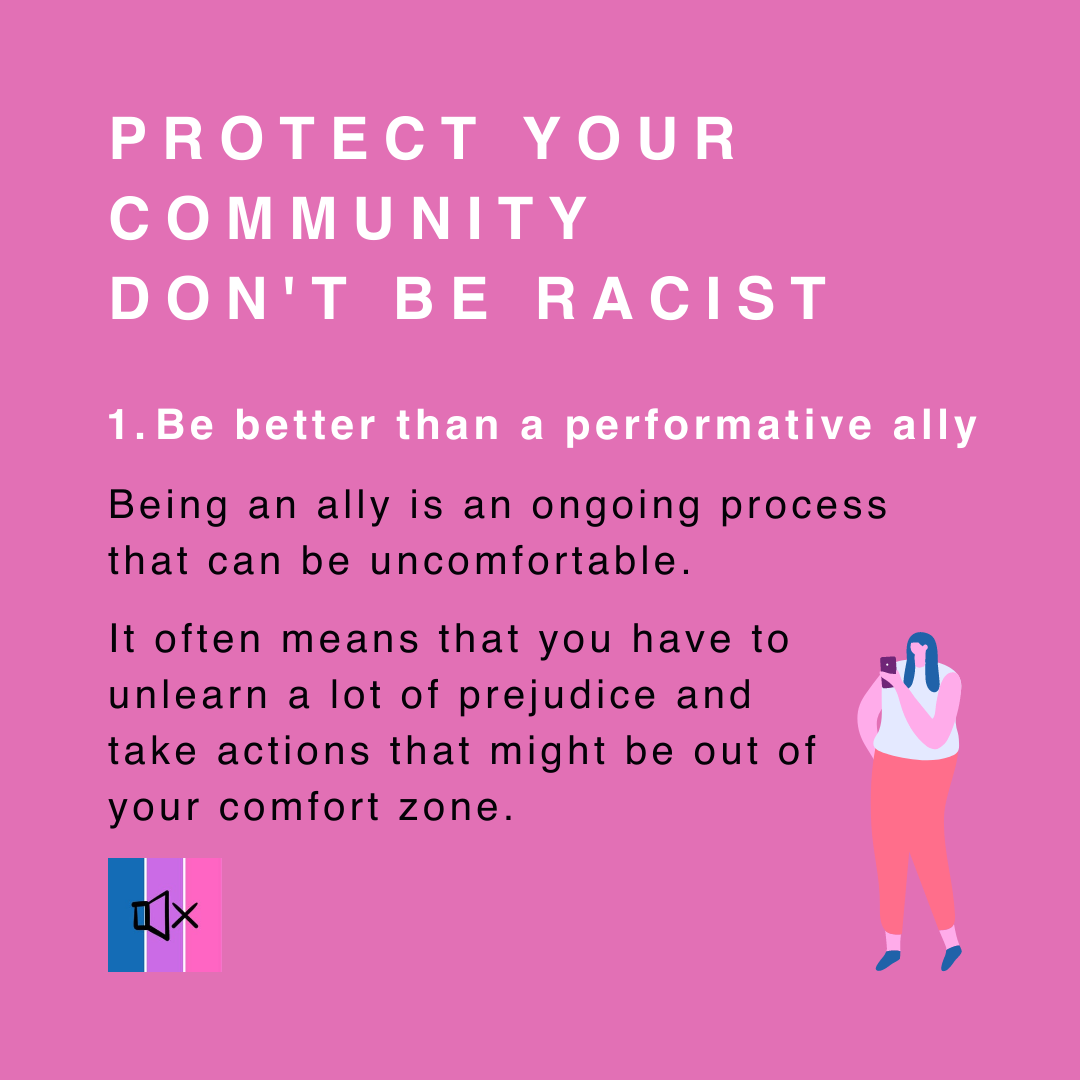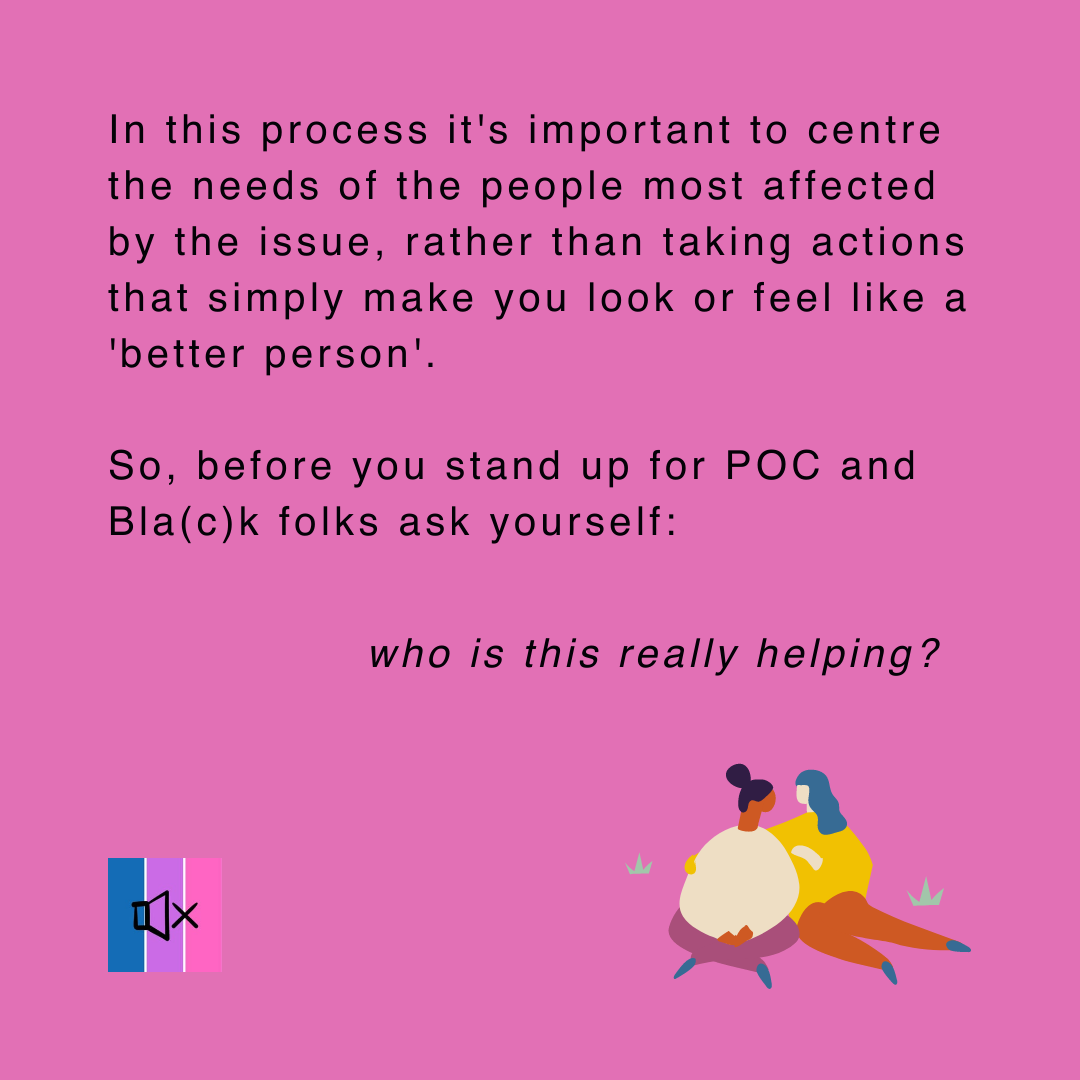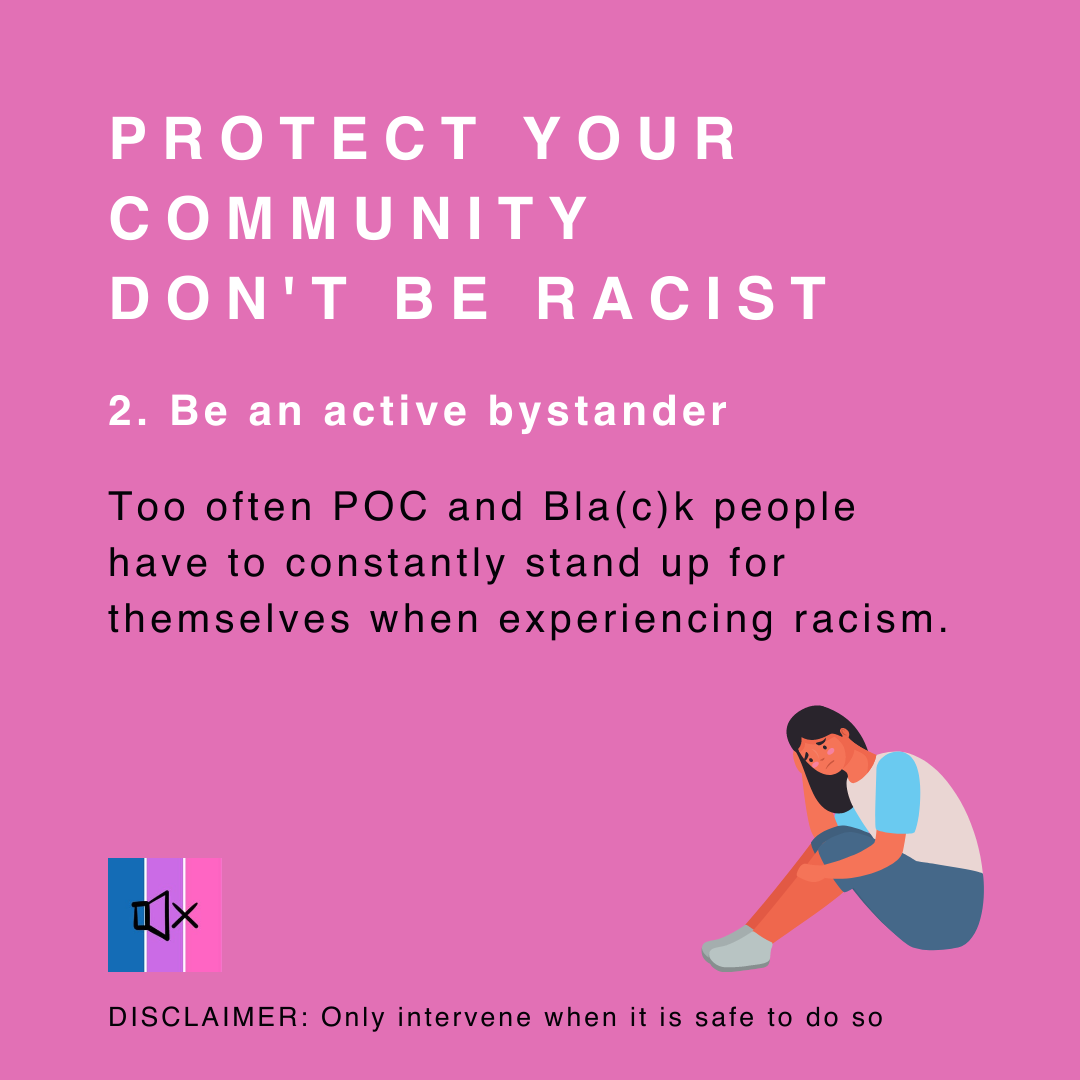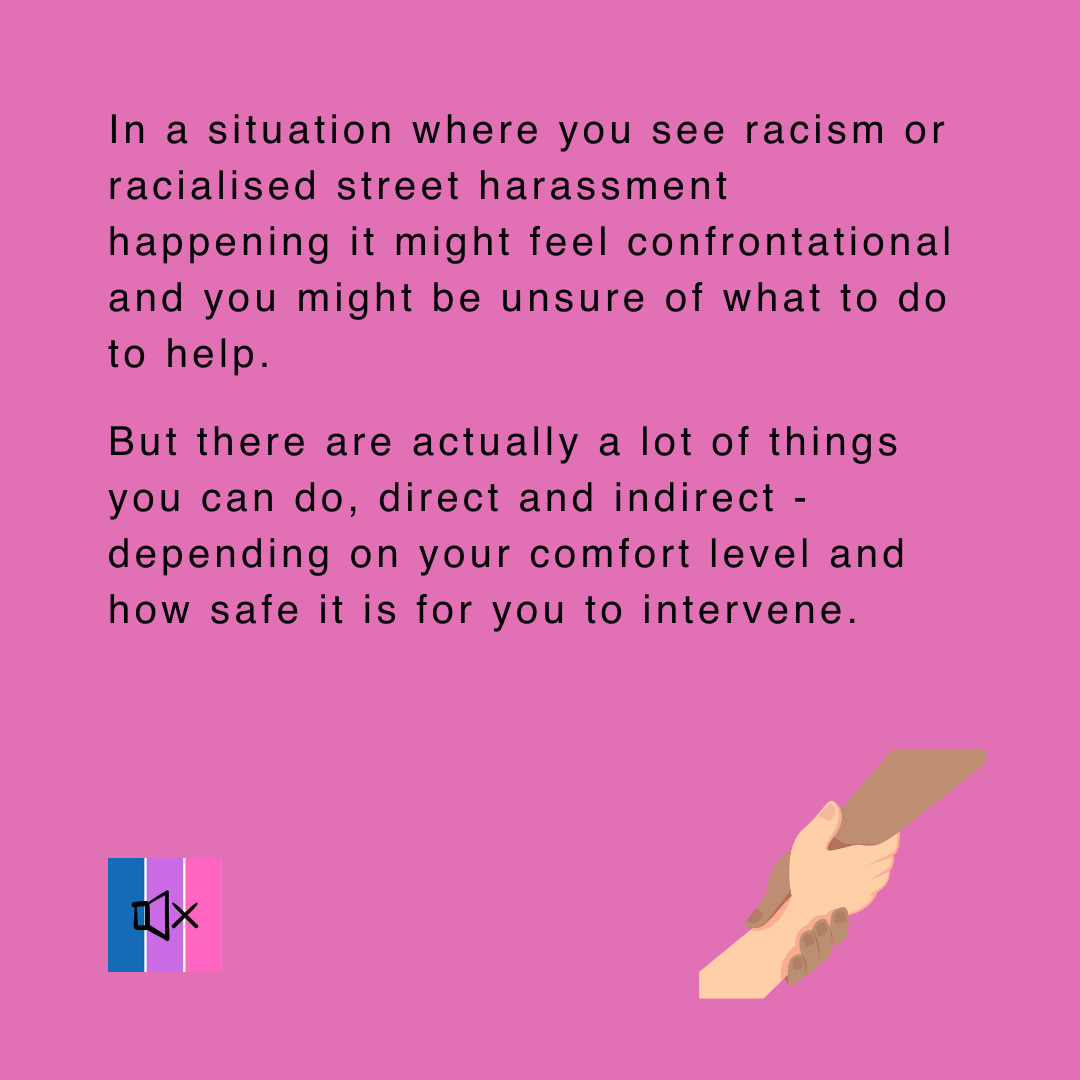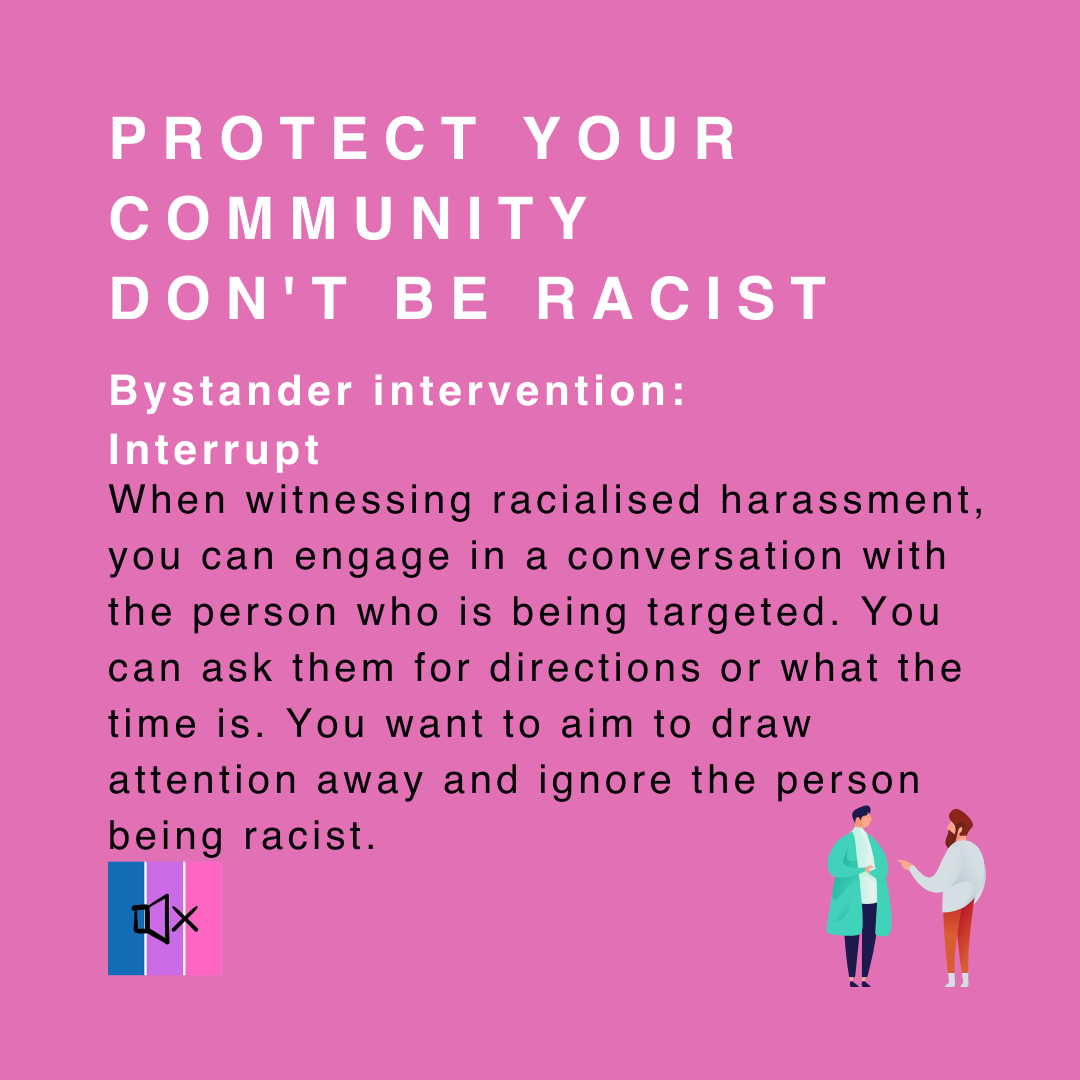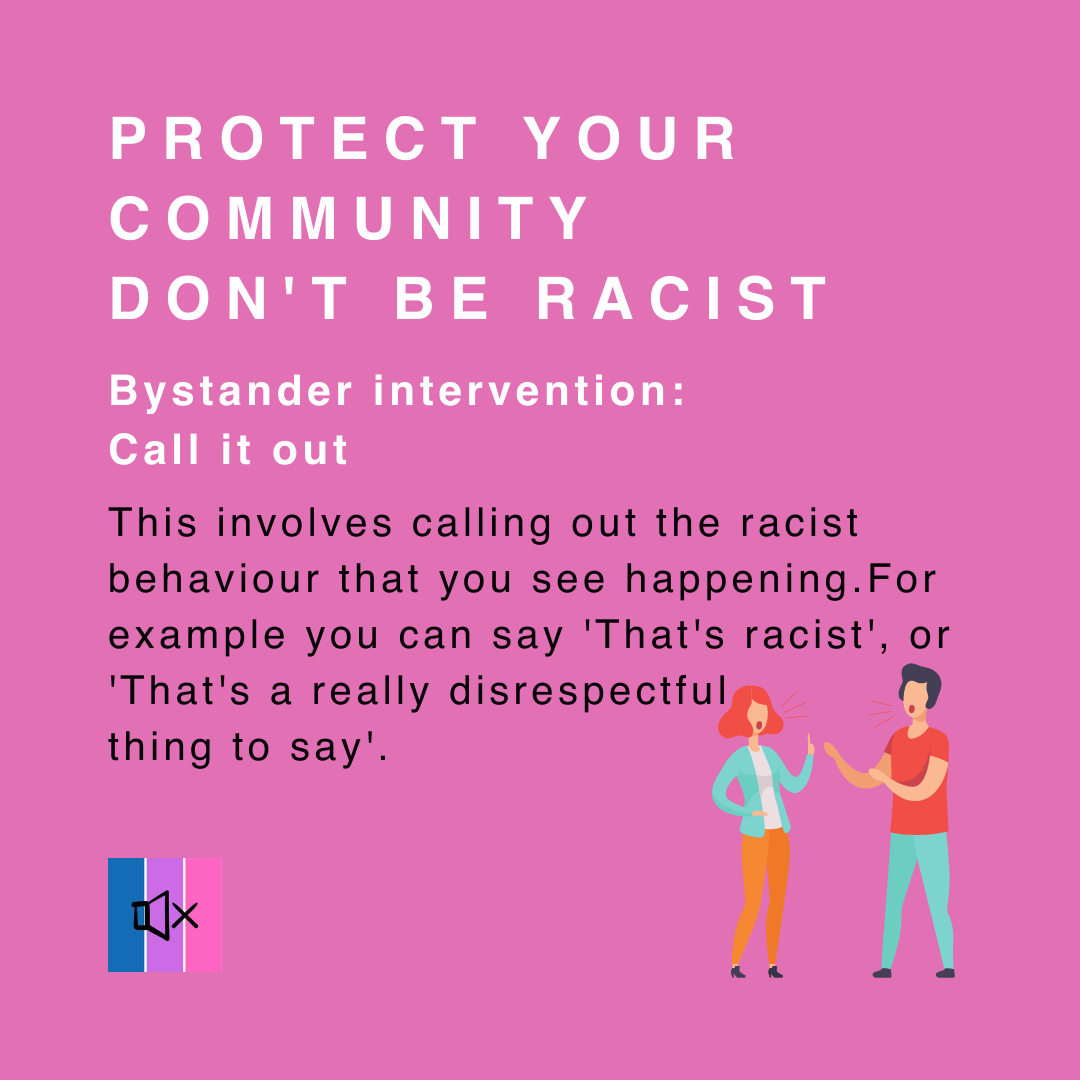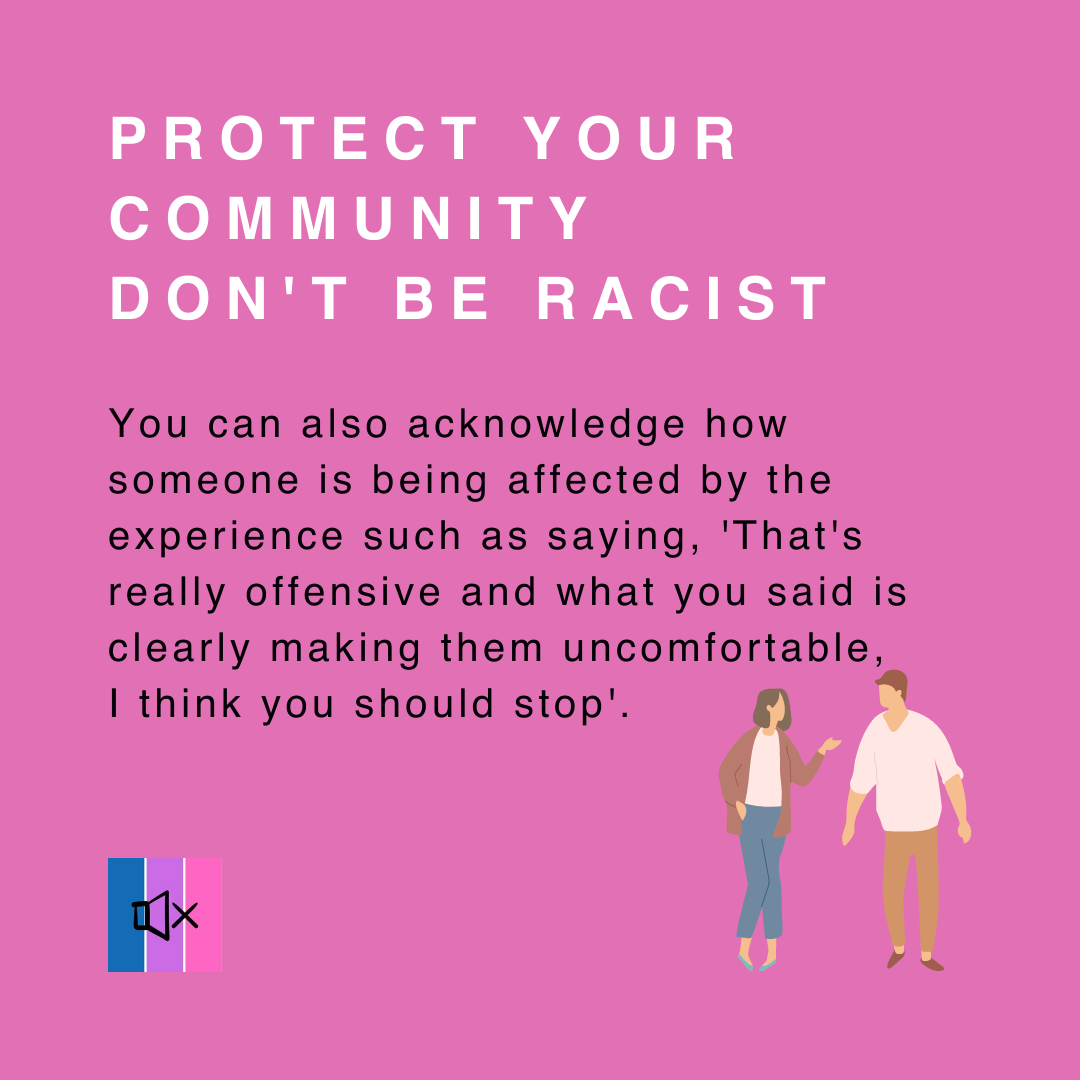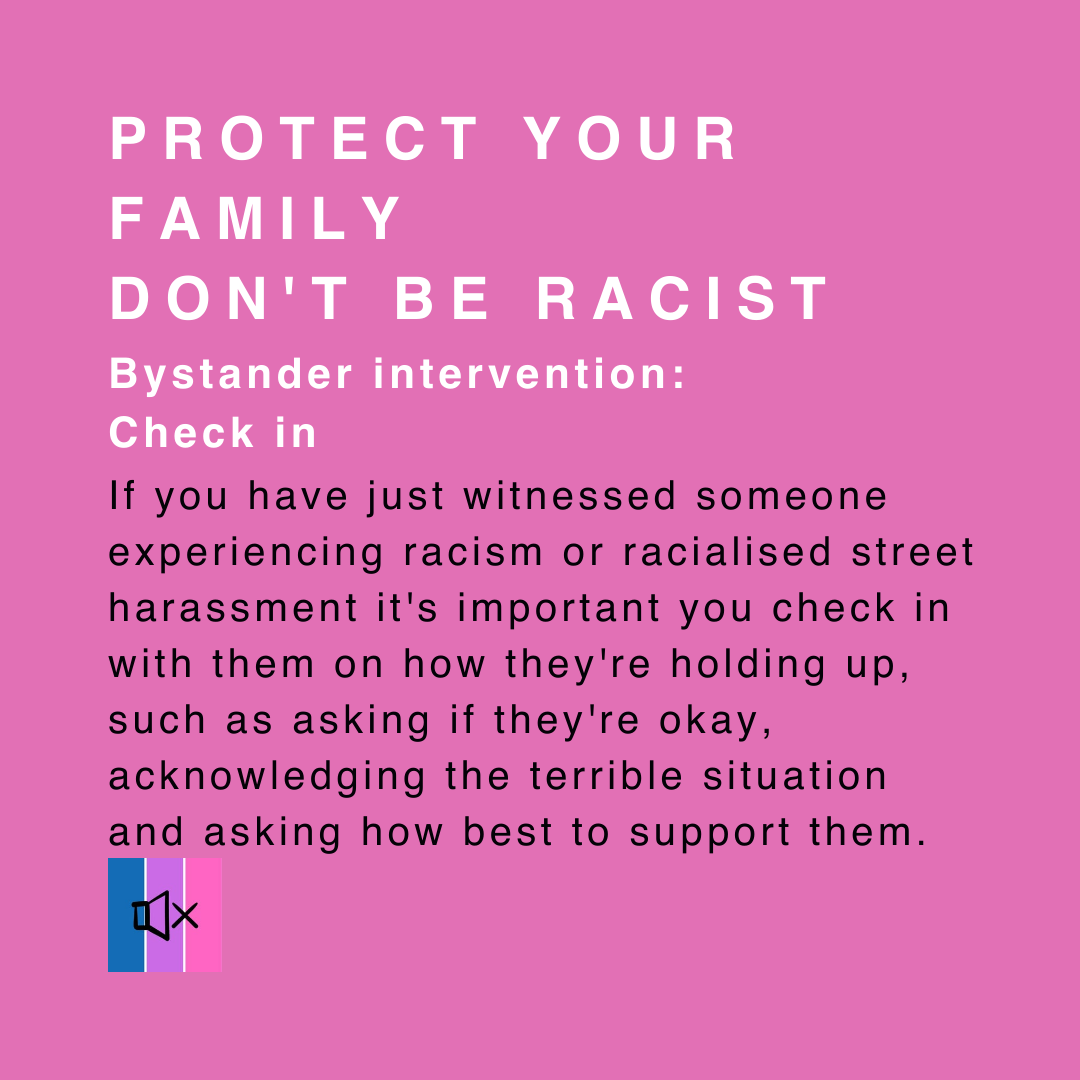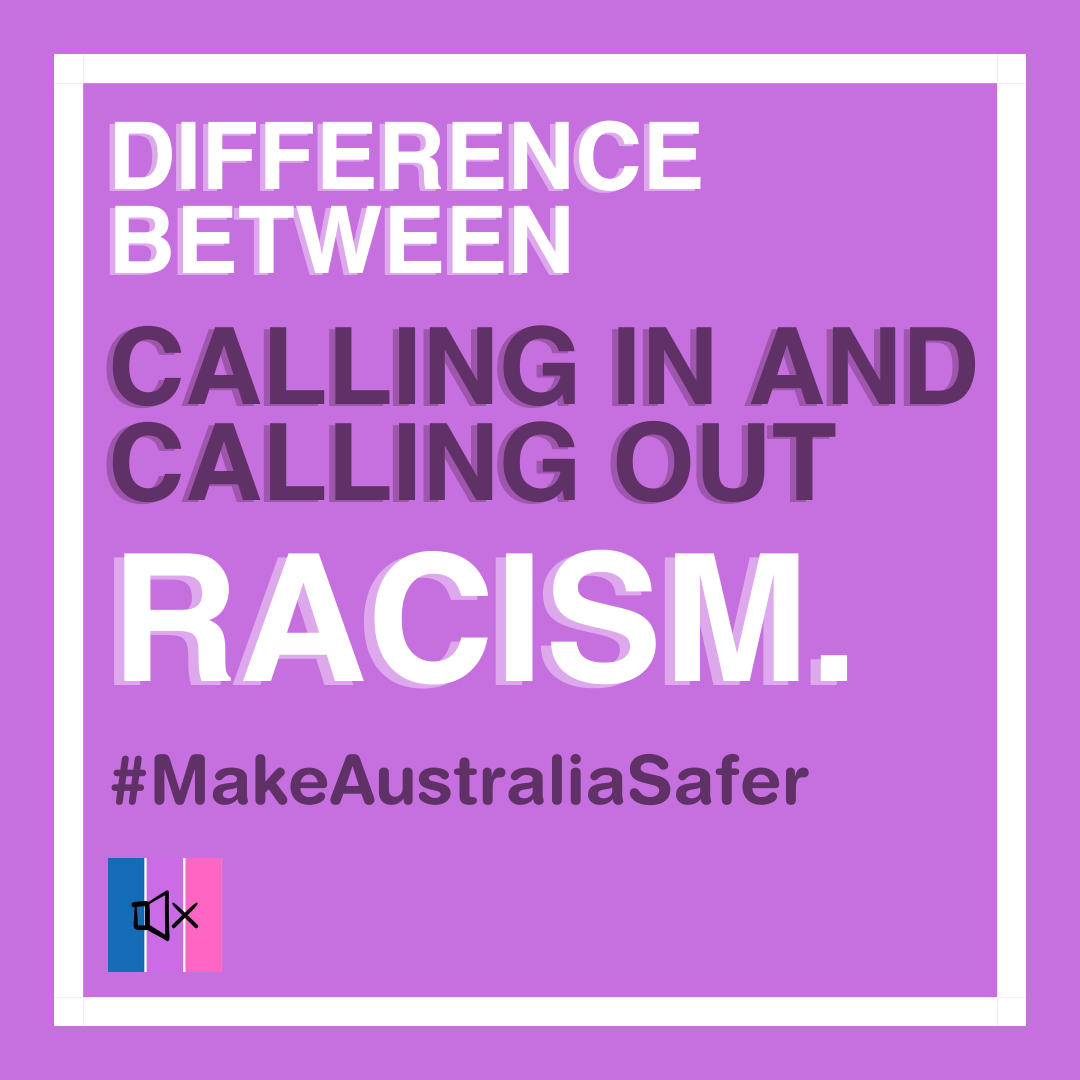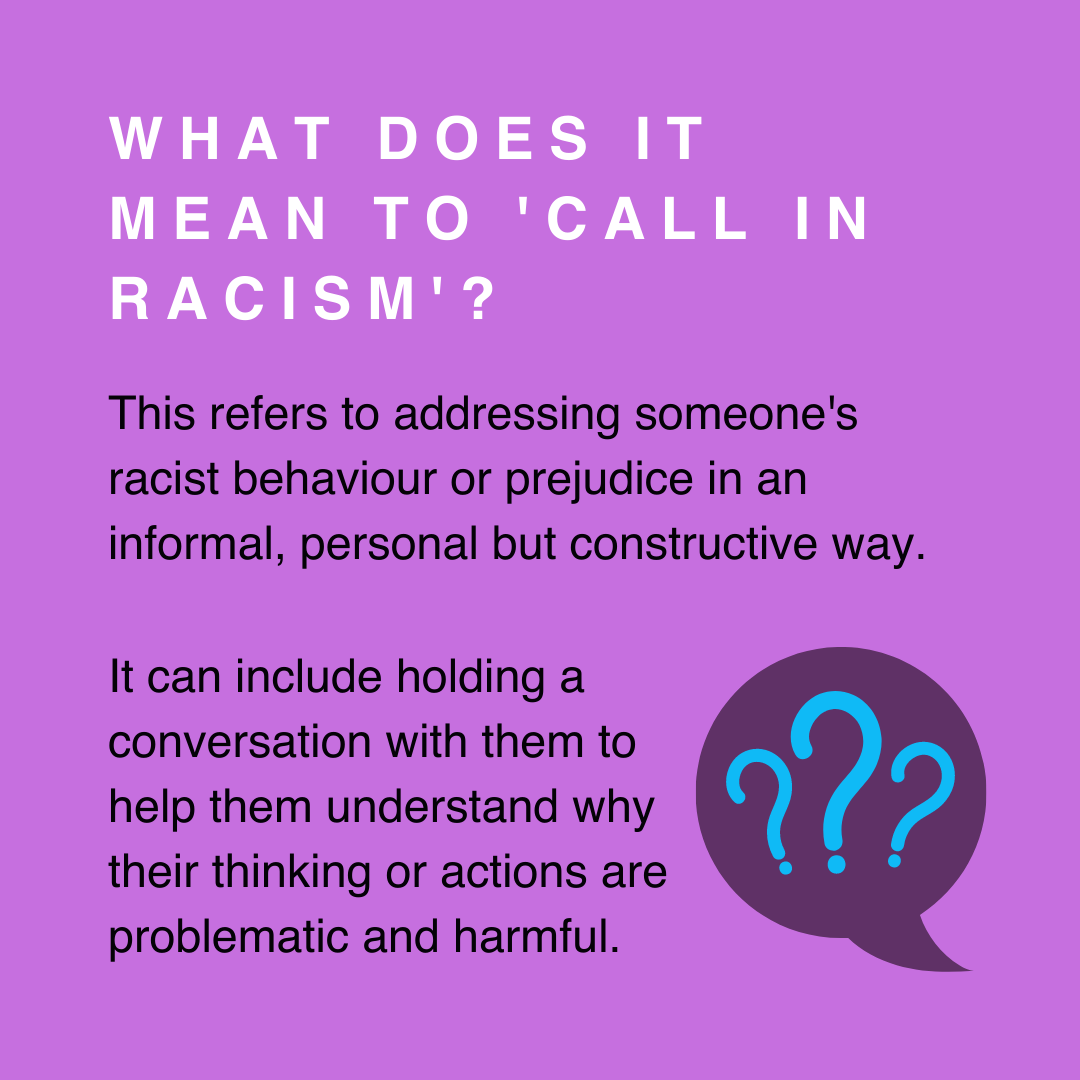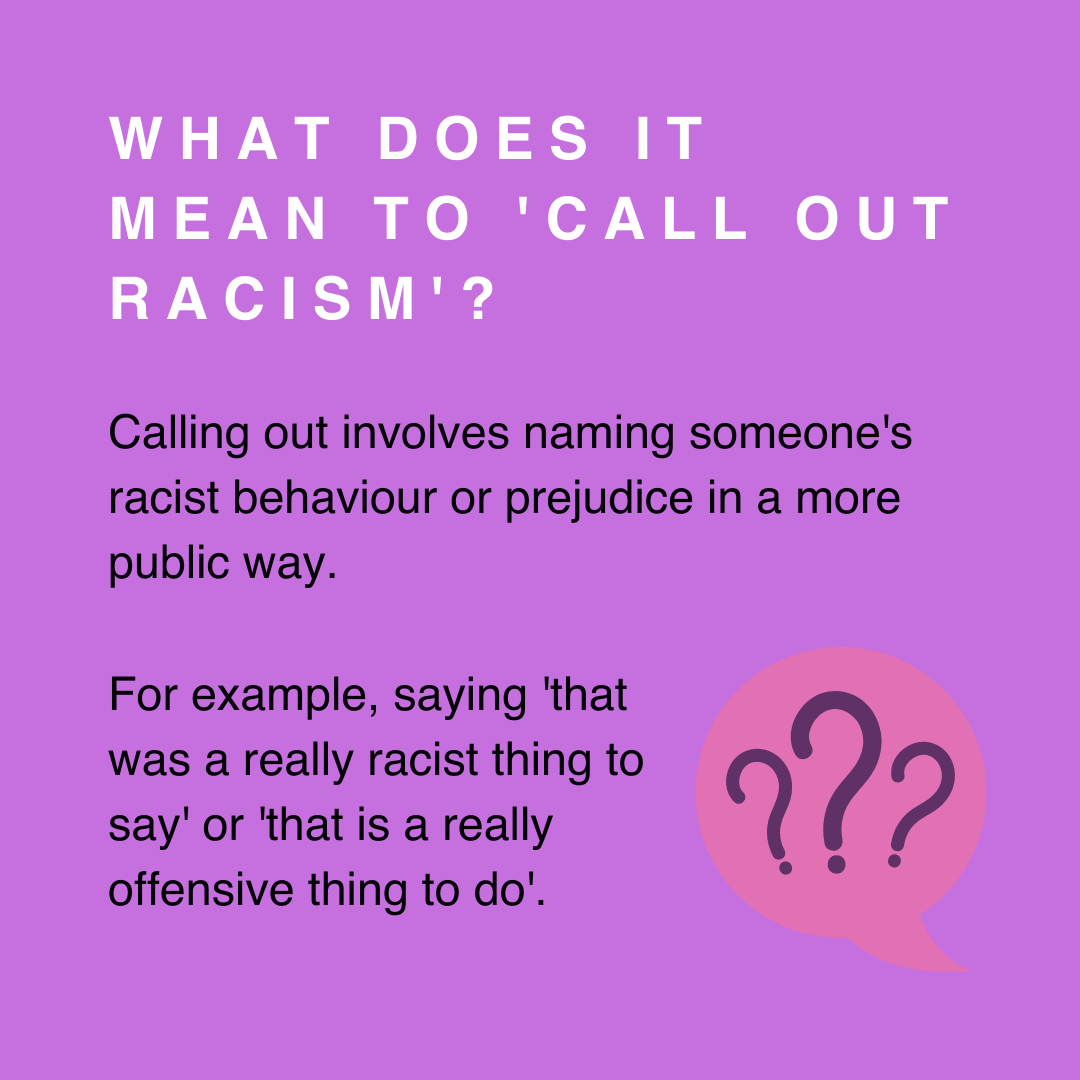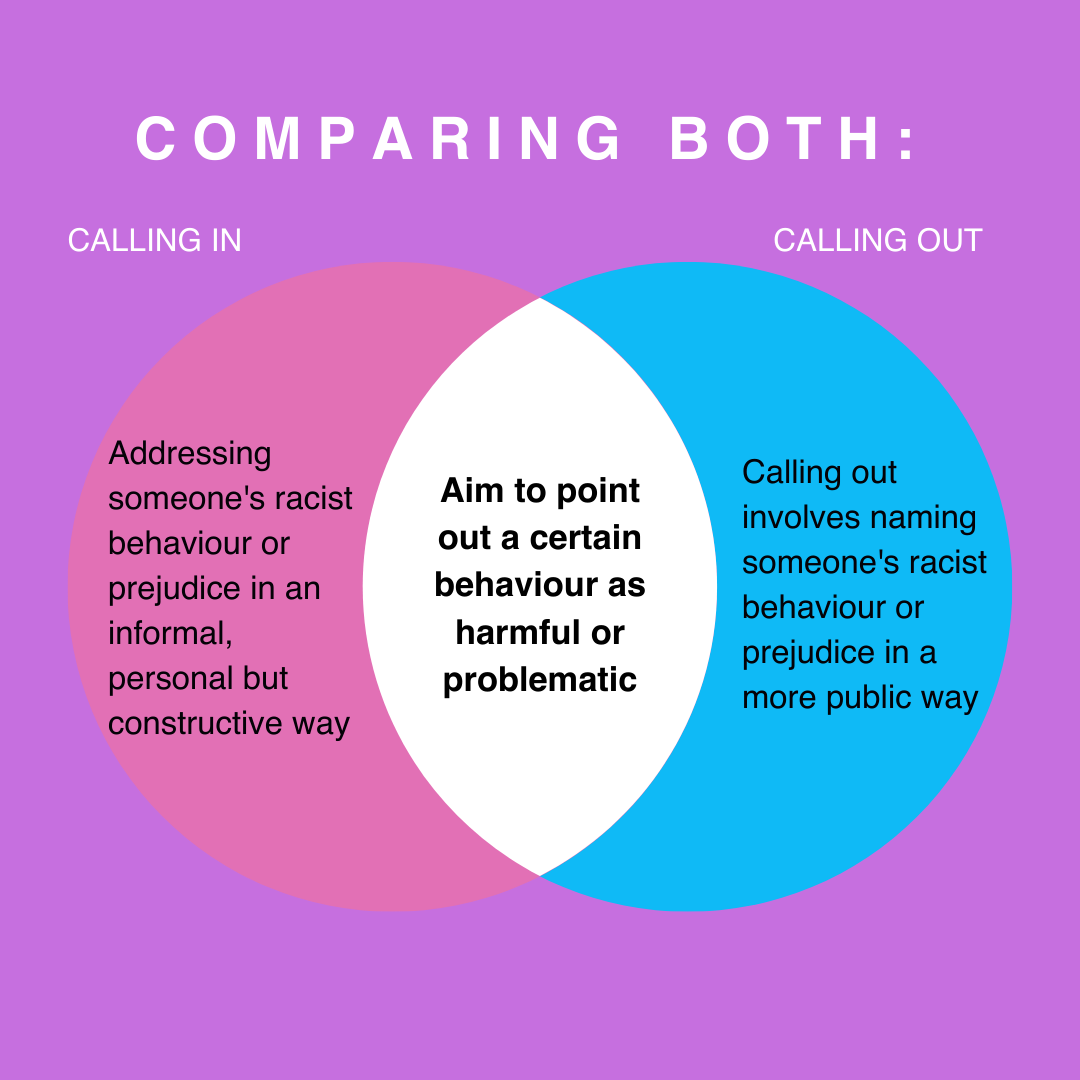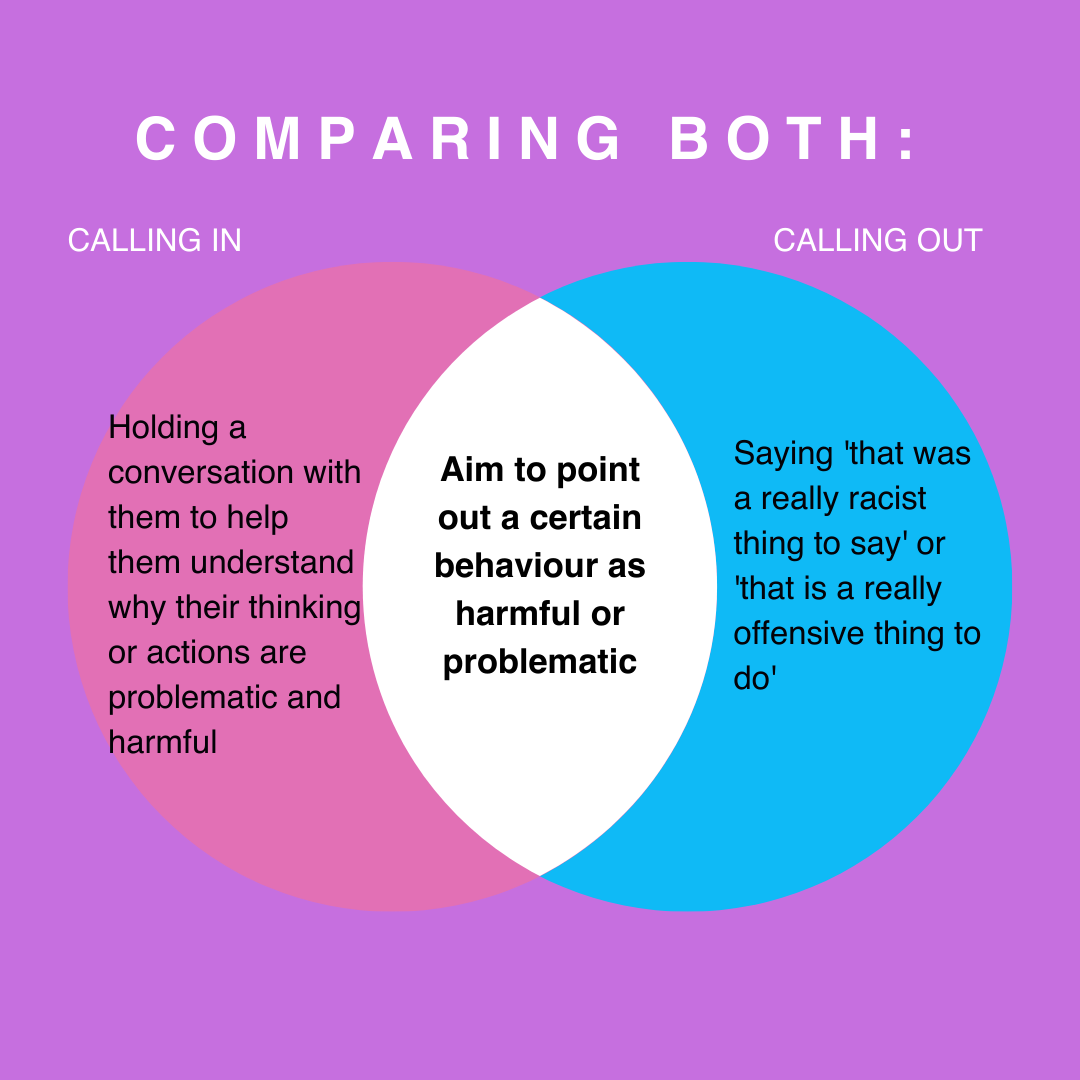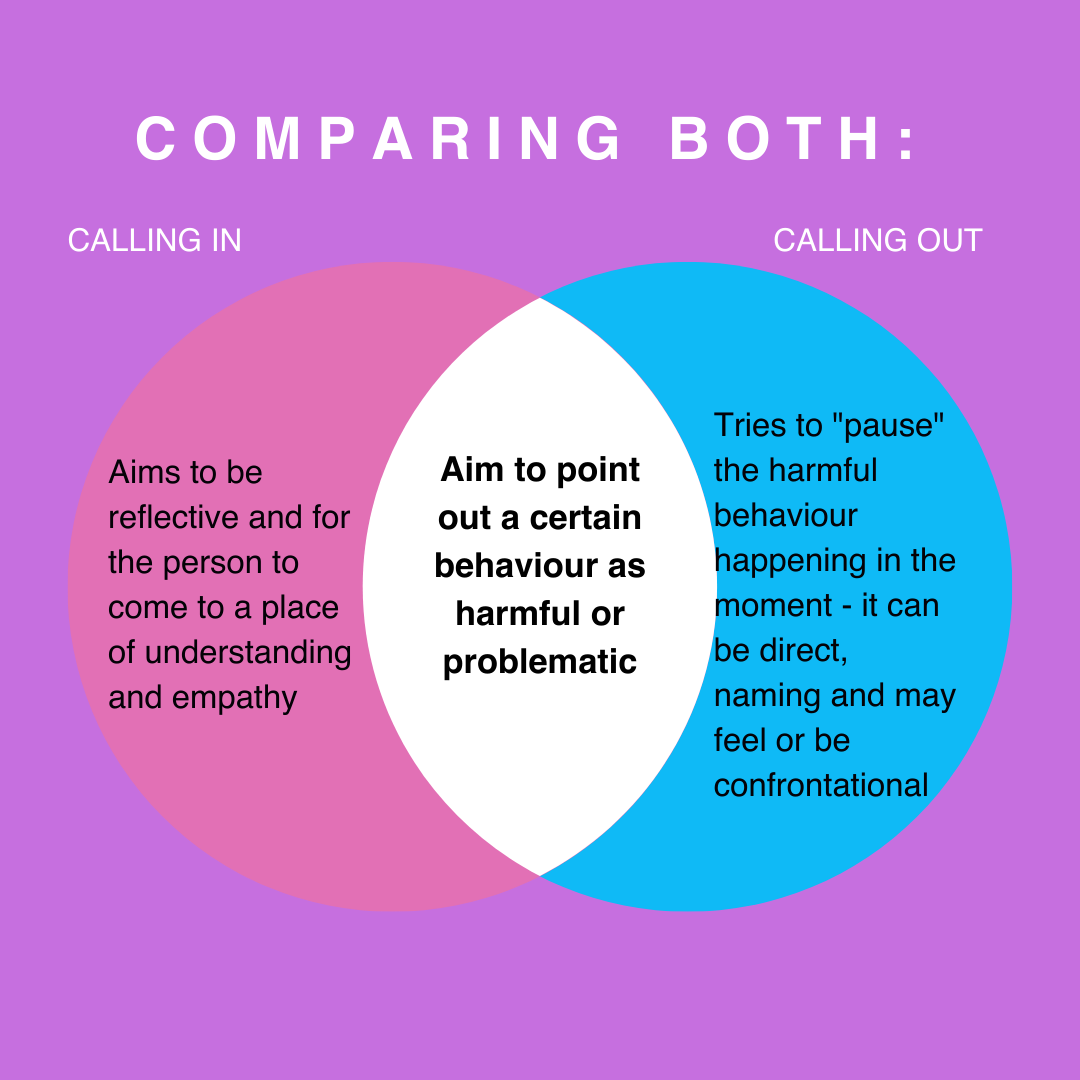What is #MakeAustraliaSafer?
Racism on the streets has always been a social and moral issue. Since the pandemic started Australia has seen an exacerbation of racism, be it public or hidden. The #MakeAustraliaSafer campaign focuses on transformative justice, understanding the notion of cultural attitudes and reaching towards the collective action to prevent racism.
Racism is a recurring and prevalent component of Australian society which trails back to historical discriminatory attitudes towards Indigenous communities. Since the COVID-19 pandemic started, Australia has seen a surge in racism and xenophobia towards the Asian community.
Following INAC’s recent research, out of 343 individuals surveyed, 64.4 % of respondents experienced racialized street harassment.
“58.3% of non-white respondents reported experiencing harassment due to their race, ethnicity, and/or skin-colour while 6.1% of respondents reported being harassed due to their real or perceived race/identity being negatively associated with the COVID-19 pandemic.”
Everyday racism has been normalised within the Australian community. However, there is a lack of accountability towards individuals who participate in racist behaviour. Everyone has a role to play in preventing and dealing with racism. Even if someone is not directly affected, they still have the power/privilege to combat racism.
#MakeAustraliaSafer aims to highlight these issues, as well as build empathy through elevating lived experiences of racialised street harassment within our community. Furthermore, we wish to build further solidarity within our community, emphasising that everyone has a role to play in combating racism.
Over 27th September to 9th October, join us on our Instagram and Facebook as we shine a light on how racism and racialised street harassment affects marginalised communities and how we can all learn steps to make Australia more inclusive and safe.
Change can't happen until we're all aware of a problem.
You can find the educational toolkits from this campaign by scrolling to the bottom of this page, or by clicking the buttons below and downloading them.
ID: A carousel of image slides with a purple background.
Slide 1 reads “Microaggressions #MakeAustraliaSafer”.
Slide 2 reads “Microaggressions: Something that someone might say or do that feels uncomfortable but you can’t always pinpoint why. These actions can be intentional or not, but they often reinforce or signify negative stereotypes of assumptions about an aspect of someone’s marginalised identity.”.
Slide 3 reads “Microaggressions form an intricate part of the casual or everyday racism faced by People of Colour (POC) and Bla(c)k people within our community, whether it be slurs, jokes, offensive statements or comments or even slang we use. These experiences might feel small but each of them can snowball and have an immense impact on those affected.”.
Slide 4 contains an illustration of a person surrounded by phrases such as “Bat lover” and “Go back to china”.
Slide 5 reads “Microaggressions aren’t new, they didn’t just arise out of the pandemic. POC and Bla(c)k people have had these experiences throughout Australia’s history, hidden under the veil of 'good-hearted Australian humour.'".
Slide 6 contains an illustration of two people surrounded by phrases such as “Paki”, “Ok, but where are you really from?” and “You are so exotic”.
ID: A carousel of image slides with a blue background.
Slide 1 reads “4 ways to call in racism #MakeAustraliaSafer”.
Slide 2 reads “Protect your friends don’t be racist. 1. Comfort your friends without being dismissive. It can sometimes be hard to understand what someone is going through when you might not share the same experiences”.
Slide 3 reads “But if someone shares their experience of racism, it's important to validate that experience and how they might be feeling, as well as ask them how you can best support them. If they're unsure you can suggest support services, ask them if (and how) they'd like to resolve the issue and/or if they just need a listening ear".
Slide 4 reads “Protect your friends don’t be racist. 2. Have that difficult conversation. Australia is a nation of casual and everyday racism. More often than not, when someone makes a joke or an off comment they might not realise the impact it's having or the offence it may cause”.
Slide 5 reads “Depending on your relationship with the person it may be beneficial to have a conversation with them in a compassionate way. Talk through why that joke may be harmful to POC and Bla(c)k people. These conversations can be difficult, but are necessary in order to challenge people's unconscious and/or racist bias”.
Slide 6 reads “Protect your friends don’t be racist. 3. Elevate voices of POC. POC and Bla(c)k people often have to fight to have a seat at the table, and even so, their voices might get censored or they aren't listened to when they speak up”.
Slide 7 reads “So, elevating their voices is crucial. This can include actions such as sharing their posts or spreading the work they do through word of mouth, referring them for opportunities as well as investing your time and resources into the work that they do”.
Slide 8 reads “Protect your friends don’t be racist. 4. Don't ask POC for their emotional labour: educate yourself. Educating other people about your lived experiences can be exhausting work and there are many POC and Bla(c)k people who have created numerous resources to share with their communities and allies”.
Slide 9 reads “It's up to you to diversify your feed to gain perspective on other narratives, research different issues that might not affect you and listen to those most directly affected”.
ID: A carousel of image slides with a pink background.
Slide 1 reads “4 ways to callout racism #MakeAustraliaSafer”.
Slide 2 reads “Protect your community don’t be racist. 1. Be better than a performative ally. Being an ally is an ongoing process that can be uncomfortable. It often means that you have to unlearn a lot of prejudice and take actions that might be out of your comfort zone”.
Slide 3 reads “In this process it's important to centre the needs of the people most affected by the issue, rather than taking actions that simply make you look or feel like a 'better person'. So, before you stand up for POC and Bla(c)k folks ask yourself: who is this really helping?”.
Slide 4 reads “Protect your community don’t be racist. 2. Be an active bystander. Too often POC and Bla(c)k people have to constantly stand up for themselves when experiencing racism. Disclaimer: Only intervene when it is safe to do so”.
Slide 5 reads “In a situation where you see racism or racialised street harassment happening it might feel confrontational and you might be unsure of what to do to help. But there are actually a lot of things you can do, direct and indirect - depending on your comfort level and how safe it is for you to intervene”.
Slide 6 reads “Protect your community don’t be racist. Bystander intervention: Interrupt. When witnessing racialised harassment, you can engage in a conversation with the person who is being targeted. You can ask them for directions or what the time is. You want to aim to draw attention away and ignore the person being racist”.
Slide 7 reads “Protect your community don’t be racist. Bystander intervention: Call it out. This involves calling out the racist behaviour that you see happening. For example you can say 'That's racist', or 'That's a really disrespectful thing to say'“.
Slide 8 reads “Protect your community don’t be racist. You can also acknowledge how someone is being affected by the experience such as saying, 'That's really offensive and what you said is clearly making them uncomfortable, I think you should stop'“.
Slide 9 reads “Protect your family don’t be racist. Bystander intervention: Check in. If you have just witnessed someone experiencing racism or racialised street harassment it's important you check in with them on how they're holding up, such as asking if they're okay, acknowledging the terrible situation and asking how best to support them”.
ID: A carousel of image slides with a light purple background.
Slide 1 reads “Difference between calling in and calling out racism #MakeAustraliaSafer”.
Slide 2 reads “What does it mean to ‘Call in racism’? This refers to addressing someone's racist behaviour or prejudice in an informal, personal but constructive way. It can include holding a conversation with them to help them understand why their thinking or actions are problematic and harmful”.
Slide 3 reads “What does it mean to ‘Call out racism’? Calling out involves naming someone's racist behaviour or prejudice in a more public way. For example, saying 'that was a really racist thing to say' or 'that is a really offensive thing to do'“.
Slide 4 reads “Comparing both” and contains a Venn diagram with two circles overlapping. The left circle is titled “Calling in” and contains text inside that reads “Addressing someone's racist behaviour or prejudice in an informal, personal but constructive way” and the right circle is titled “Calling out” and contains text inside that reads “Calling out involves naming someone's racist behaviour or prejudice in a more public way”. In the centre where the circles overlap, text inside reads “Aim to point out a certain behaviour as harmful or problematic”.
Slide 5 reads “Comparing both” and contains a Venn diagram with two circles overlapping. The left circle is titled “Calling in” and contains text inside that reads “Holding a conversation with them to help them understand why their thinking or actions are problematic and harmful” and the right circle is titled “Calling out” and contains text inside that reads “Saying 'that was a really racist thing to say' or 'that is a really offensive thing to do'”. In the centre where the circles overlap, text inside reads “Aim to point out a certain behaviour as harmful or problematic”.
Slide 6 reads “Comparing both” and contains a Venn diagram with two circles overlapping. The left circle is titled “Calling in” and contains text inside that reads “Aims to be reflective and for the person to come to a place of understanding and empathy” and the right circle is titled “Calling out” and contains text inside that reads “Tries to "pause" the harmful behaviour happening in the moment - it can be direct, naming and may feel or be confrontational”. In the centre where the circles overlap, text inside reads “Aim to point out a certain behaviour as harmful or problematic”.



